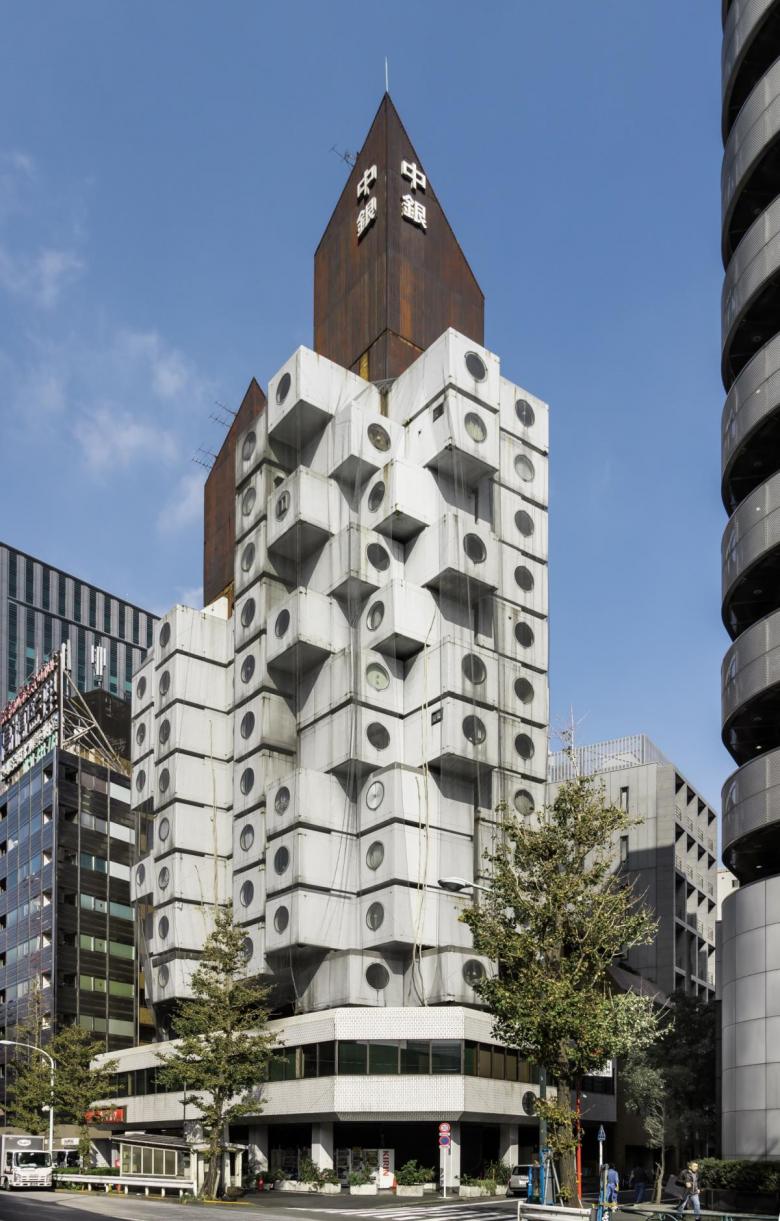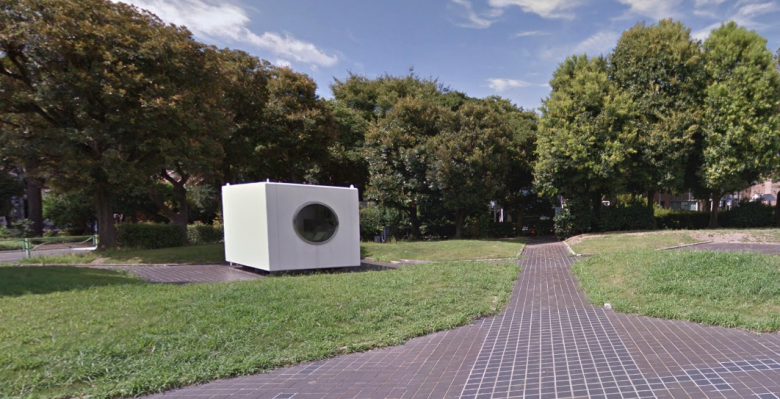Dispersing the Capsules
Although the Nakagin Capsule Tower, an icon of Metabolist architecture in Tokyo designed by Kisho Kurokawa, could not be saved, plans are afoot to remove the capsules, refurbish them, and donate them to museums in and beyond Japan.
The project to dismantle, restore, and distribute the capsules is being carried out by the Nakagin Capsule Tower Preservation and Restoration Project with the cooperation of Kisho Kurokawa Architects & Urban Design Office, this according to the crowdfunding page for the project. As of today, with 54 days left for crowdfunding, people have donated 2.3 million Yen ($20,900 USD), more than half the targeted amount. The funds will be used to repair the capsules and produce a book, set to be published in February 2022, that will include surveys the team has been making on site. Considering that recent estimates to fix capsules were reported to be 8.8 million Yen per capsule, it is unclear the extent of the repairs that can be done for what will most likely be considerably less money.
A single capsule — a model capsule from the tower's construction in 1972 — is already on display at the Museum of Modern Art Saitama, also designed by Kurokawa. Other museums in Japan but also outside of the country, most notably from the Centre Georges Pompidou in Paris, have expressed to the Project their interest in obtaining capsules. The Project sees the dispersement of the capsules as a logical expression of the idea of Metabolism, the movement in Japan in the 1960s and 70s that proposed megastructures, plug-in capsule towers, and other ambitious structures that embraced organic growth. The Nakagin Capsule Tower is one of the few built iterations of Metabolism.
The Nakagin Capsule Tower consists of 140 prefabricated capsules plugged into two vertical cores; it was an innovative approach that allowed construction to take just thirty days back in 1972. The capsules were designed to last around 25 years, being detached and replaced as needed, but that never happened. The delayed maintenance and increasing estimates for the cost of repairs, combined with other factors, led to a situation where demolition, not restoration or renovation, would be the only recourse, regardless of preservationists' calls to save the iconic building.
The nail in the proverbial coffin was the sale of the land beneath the tower in 2018 to a limited liability company that has been looking for a developer to erect a new building on the land ever since. Headlines in Japan in April of this year reported that capsule owners decided to sell their units; they were the last hurdle before the tower's inevitable demolition. Now, with the building set to come down and be replaced by something almost certainly bigger but considerably less interesting, the plans of the Nakagin Capsule Tower Preservation and Restoration Project are sounding better every moment.

